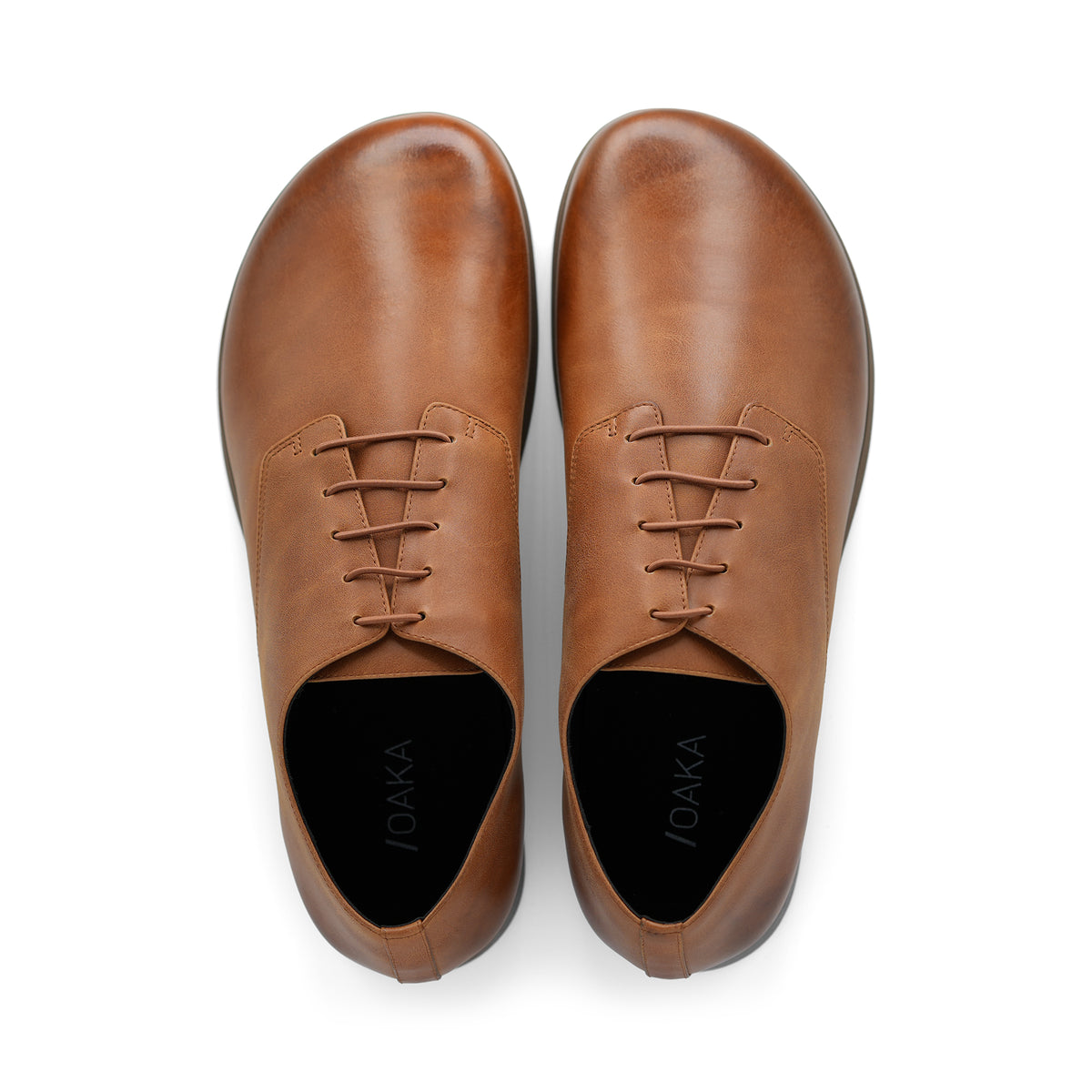Wondering how to transition to barefoot shoes without discomfort or injury? Look no further. This guide provides actionable steps to gradually introduce your feet to barefoot transition shoes, ensuring a natural and injury-free adaptation. Learn to listen to your body’s cues, strengthen your feet, and tweak your gait as you unlock the full potential of minimalist footwear. Dive in to safeguard your foot health and enjoy a smooth transition with confidence.
Key Takeaways
-
Ease into using barefoot shoes by starting with short periods of wear and listening to what your feet are telling you, slowly increasing time to avoid foot injuries and discomfort.
-
Incorporating foot strengthening exercises like ‘Short Foot’ and ‘Toe-ga’ can support your transition by improving arch function and toe flexibility, enhancing your natural walking ability.
-
Adjust your gait when using barefoot shoes focusing on the big toe during push-off and refining heel contact for a healthier stride, and accessorize with toe socks or spacers for added comfort.
Easing Into Barefoot Walking
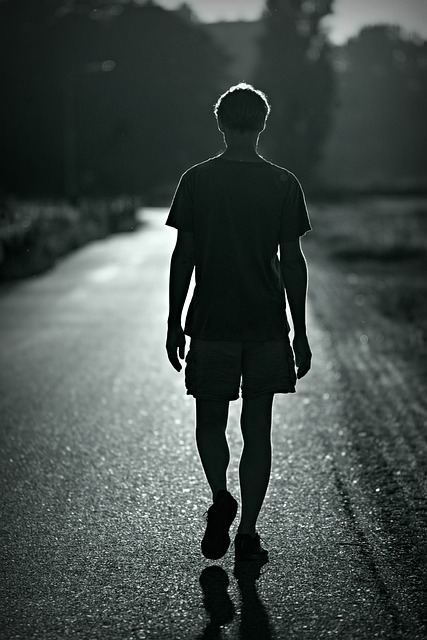
It might seem daunting initially to swap your conventional shoes for a pair of barefoot shoes. But the transition can be surprisingly smooth if you take it slow and listen to your feet. Barefoot shoes, also known as zero-drop shoes, have a lower heel than conventional shoes, allowing your foot to be parallel to the ground. This encourages a more natural foot function, promoting foot mobility and strength. So, before you wear conventional shoes again, consider giving barefoot shoes a try.
A successful transition to barefoot shoes hinges on a gradual start. Here’s how to do it:
-
Initially, wear your barefoot shoes for about 30 minutes a day.
-
Gradually increase the time spent in them.
-
Bear in mind, patience plays an integral role in this transition. Making the switch too quickly can lead to discomfort or even injury.
-
It’s a new world for your feet, so give them time to adjust to the thinner soles and flexible sole of barefoot shoes.
Starting Slow
If you’re not feeling too much pain in your calves, Achilles tendons, and arches and your walking feels steady, then you’re probably doing well with the transition. Imagine learning a new dance move - it may seem odd initially, but eventually, you’ll master it. Just remember to gradually increase the duration and frequency of walking in your new shoes, and you’ll be strutting your stuff in no time!.
However, if you rush the process, you’re increasing the risk of foot injuries. You might end up with:
-
stress fractures
-
calf strains
-
fungal infections
-
stuff getting stuck in your foot
due to an abrupt change in your walking patterns. So, take it slow, and remember - it’s not a race, it’s a journey towards improved foot health and natural movement.
Listening to Your Feet
Paying attention to your feet is of equal importance as beginning your journey slowly. As you transition, you might experience some discomfort or even pain. You could feel sore in your calves, Achilles tendons, arches, top of the foot, or metatarsal areas. You might also experience pain in your knees, hips, lower back, neck, or shoulders. This is your body’s way of adjusting to the change in foot function.
If discomfort or pain persists, don’t push through it. Instead, consider:
-
reducing the time you spend in your barefoot shoes
-
alternating between them and your conventional shoes
-
consulting with a podiatrist, particularly if you’re moving away from athletic shoes that provide more cushioning and support
They can offer valuable guidance and help you maintain healthy feet throughout the transition.
Complementary Foot Strengthening Exercises
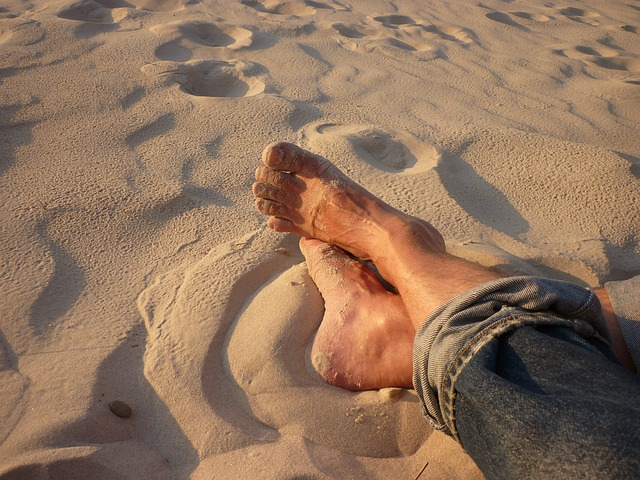
You’ve taken the first step towards a healthier walking experience, but there’s more you can do to support the transition to barefoot shoes. Just as your body needs exercise to stay fit, your feet need strengthening exercises to improve their function and to build up the muscles needed for walking barefoot. From engaging your arch to mobilizing your toes, these exercises can go a long way in helping you adapt to your new shoes and enjoying the benefits of barefoot walking.
Activating your arch is essential as it enables your arches to function naturally, enhancing shock absorption for a comfortable and healthy stride. Likewise, stimulating your toes can boost toe flexibility and overall foot health. But how do you activate your arch and stimulate your toes? We’ve got that covered in the next sections!
Engage Your Arch
The arch of your foot is more than just a curve; it’s the centre of support, stability, and flexibility. Engaging your arch, especially with exercises like the Short Foot, activates muscles and ligaments that don’t usually get used, making your arches stronger and higher. This can make your barefoot walking healthier and more stable.
So, how do you do the Short Foot exercise correctly? Here are the steps:
-
Start by standing on one foot and evenly distribute your weight on the sole of your foot.
-
Keep your toes spread out and in contact with the floor.
-
Position your foot in a neutral stance to find the foot tripod.
-
Hold this engaged arch position for about 3 seconds and aim for 10 reps.
-
Keep in mind, regularity is vital in fortifying your arch and enjoying the perks of barefoot strolling.
Mobilize Your Toes
Just as every key on a piano has a note to play, every toe on your foot has a role to perform. Mobilizing your toes can improve their flexibility and overall foot health. Toe-ga exercises, for example, can improve toe mobility, flexibility, and strength in the ankle, feet, and toes.
To do Toe-ga exercises correctly, follow these steps:
-
Stand up and push your big toe down on the floor while lifting the other four toes.
-
For the best results, aim to do Toe-ga exercises once or twice a day.
-
Spend a few minutes on each foot.
-
Regular practice of these exercises can help you transition to barefoot walking with ease and comfort.
Adjusting Your Gait for Minimalist Footwear
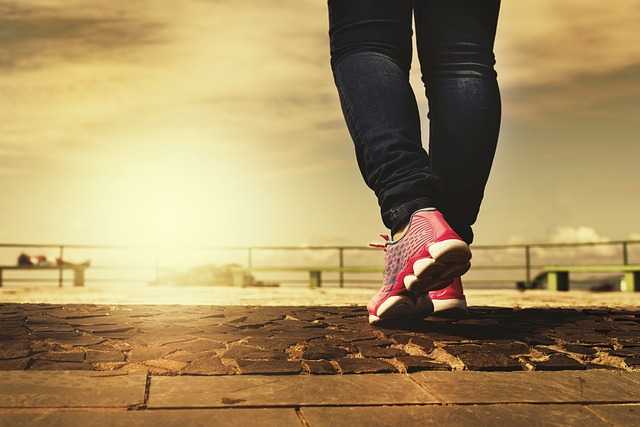
Transitioning to barefoot shoes is more than just a footwear switch; it’s a lifestyle change. It requires:
-
Adjusting your gait to accommodate minimalist footwear
-
The big toe playing a significant role in this adjustment
-
Redefining your heel contact for a more natural walking pattern
The big toe helps stabilize the arch of the foot and pushes you forward when you walk or run. By focusing on your big toe during push-off, you can improve your gait and overall foot function. Redefining heel contact, on the other hand, involves adjusting your walking pattern to reduce heel impact. This, too, contributes to a more natural and comfortable stride.
The Big Toe's Big Role
The big toe, often underestimated, plays a crucial role in maintaining balance and stability. Engaging it during push-off can improve your gait and overall foot function.
Using your big toe during push-off helps with:
-
Stability
-
Activating the right muscles
-
Making your feet stronger and more flexible, especially when wearing shoes with a wide toe box
-
Helping you transfer weight forward to generate power and move forward more effectively
So, the next time you take a step, remember the significant role your big toe plays in your stride.
Redefining Heel Contact
Redefining heel contact is another important aspect of adjusting your gait for those who wear minimalist shoes. When we walk in conventional shoes, we tend to land heavily on our heels. However, in barefoot walking, it’s best to start with a gentle heel strike since it’s the natural way to step.
Redefining heel contact can help improve your posture and balance by avoiding the typical problems that come with wearing high heels, like having your foot pointed downward and limited ankle movement. So, the next time you walk, pay attention to your heel contact. Your feet will thank you for it.
Troubleshooting Common Transition Challenges
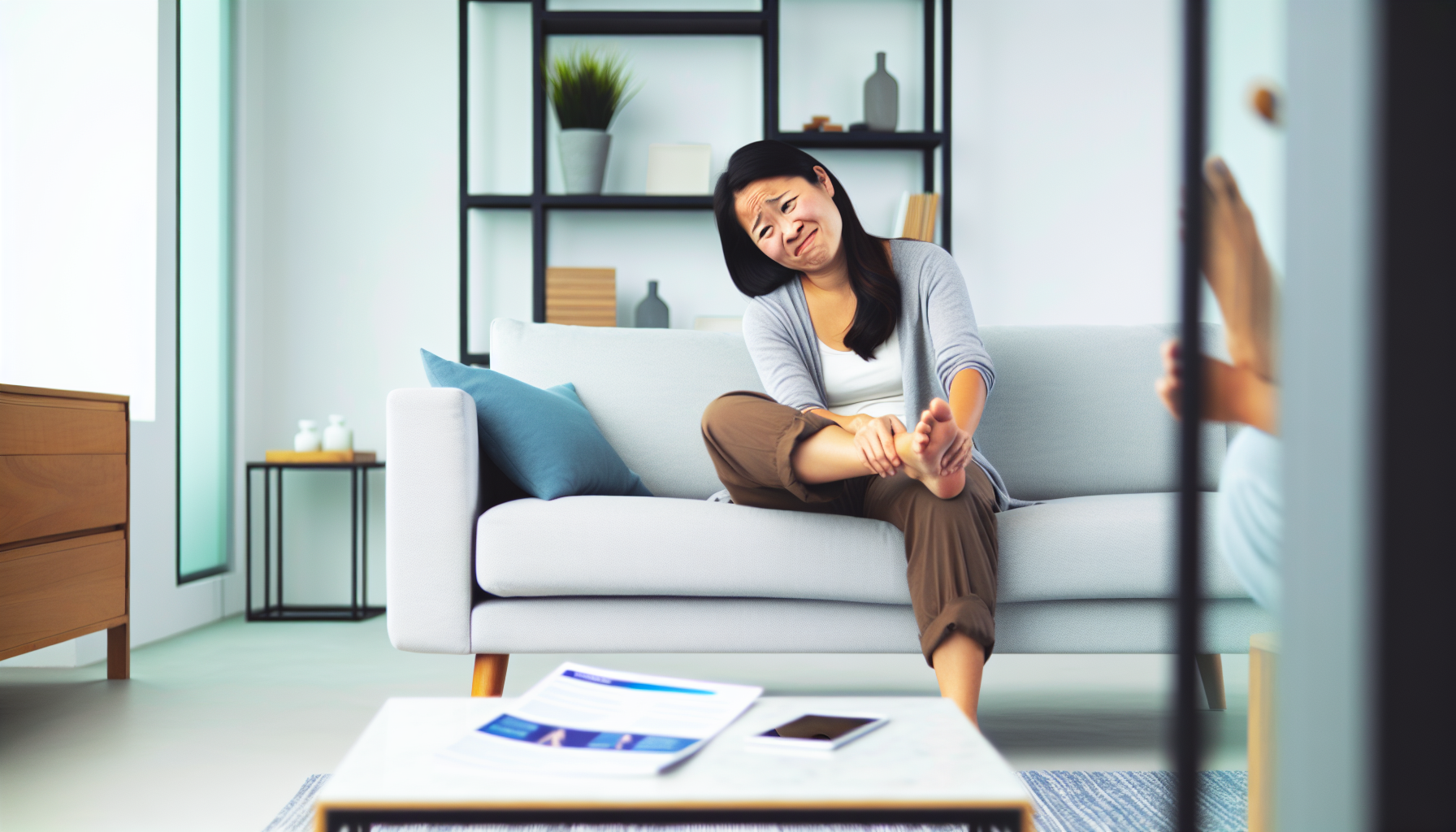
As with any new lifestyle change, transitioning to barefoot shoes can come with its own set of challenges. From persistent foot pain to dealing with flat feet or high arches, you might encounter a few bumps along the way. But don’t worry - we’ve got you covered with solutions to some common challenges.
Keep in mind, it’s typical to undergo a bit of discomfort or even foot pain amidst the transition. Nonetheless, if the pain lingers, you may need to modify your transition speed or consult a professional. Similarly, if you have flat feet or high arches, you might need additional support during your transition.
When Foot Pain Persists
Persistent foot pain can be a challenge during the transition to barefoot shoes. This could be due to conditions like plantar fasciitis, heel and Achilles pain, and the shock to the foot muscles from switching to minimal shoes.
If you experience persistent foot pain, you might want to adjust your transition pace. This could involve reducing the time spent in barefoot shoes, alternating between barefoot shoes and your conventional ones, or seeking professional advice. Foot exercises and accessories like toe spacers can also help alleviate this discomfort.
Dealing with Flat Feet or High Arches
Dealing with flat feet or high arches can also pose a challenge during the transition to barefoot shoes. If you have flat feet, you might experience leg cramps, muscle pain in the foot or leg, and pain in the heel or arch area. On the other hand, with high arches, you could have foot pain, corns or calluses on certain parts of the foot, an inward-tilting heel, and struggle to find shoes that fit properly.
However, there is a silver lining. Barefoot walking can help strengthen the foot muscles for those with flat feet and also improve the flexibility and strength of the arches for those with high arches. If you have flat feet or high arches, you might want to consider using insoles like NorthSole or Bridge Soles for a bit of arch support and a slight heel lift.
Accessorizing Your Barefoot Experience
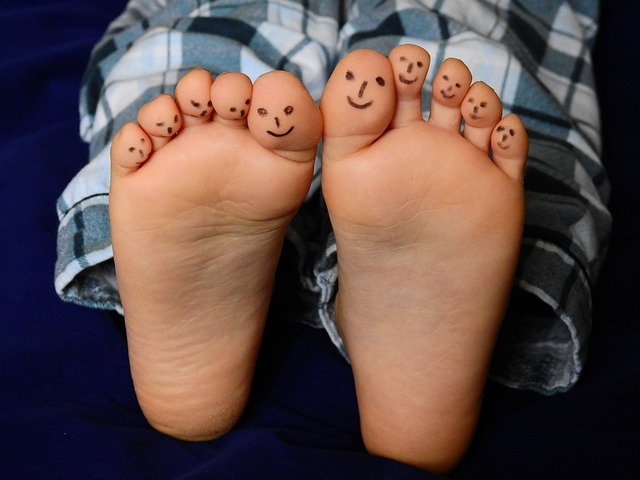
Accessorizing your barefoot experience can enhance your comfort and foot health. From selecting fitting socks to employing toe spacers, these accessories can facilitate a smoother transition to your barefoot shoes.
Selecting suitable socks is imperative. Toe socks, tabi socks, or socks made of merino wool or natural fibers provide comfort and a snug fit that mimics the natural shape of the foot. Alternatively, toe spacers such as Correct Toes can enhance foot mobility, lessen pain, and boost stability.
Socks That Fit the Mold
The best socks for transitioning to barefoot shoes are those that promote balance, stability, and overall foot health. These include toe socks, tabi socks, and socks with a wider toe box. They’re made from materials like cotton, merino wool, and bamboo, which allow your feet to breathe, wick away moisture, and feel soft against your skin.
Wearing socks with barefoot shoes can provide several benefits:
-
They make the ground feel softer
-
They keep your feet warm in colder weather
-
They provide additional comfort
-
They help manage moisture and regulate temperature
However, if you want the most authentic barefoot experience, going sock-free is the way to go.
Spacing for Success
Using toe spacers can also enhance your barefoot experience. They help improve foot flexibility and strength. Toe spacers, or toe separators, can help improve foot flexibility and strength if you use them regularly. Plus, they can help straighten out your toe angles, whether it’s just temporary during training or more permanently over time.
Toe spacers like Correct Toes can reduce foot pain by aligning, strengthening, and restoring the feet to their natural function. So, the next time you slip on your barefoot shoes, consider using toe spacers. They might just make your transition a little easier.
Navigating Different Terrains and Activities
Barefoot shoes are not limited to neighborhood strolls. From urban exploration to outdoor adventures, barefoot shoes can help you navigate different terrains and activities. The key lies in selecting a pair that caters to your preferences.
Whether you prefer the hustle and bustle of the city or the tranquility of the great outdoors, there’s a pair of barefoot shoes for you. Let’s delve into the specifics of choosing barefoot shoes for urban exploration and adventure-ready activities.
Urban Exploration
For urban exploration, you need shoes that can match the swift tempo of city living. City walking barefoot shoes should advocate for balance, stability, and comprehensive foot health. They should also provide enough space for your toes to avoid any discomfort.
Picking the apt barefoot shoes for city exploration can significantly transform your walking experience. Not only do they help improve your foot mechanics and strengthen your foot arch, but they also offer a feeling of freedom that’s hard to match.
Adventure Ready
For an outdoor enthusiast, wearing barefoot shoes, also known as minimalist shoe, are the optimal choice. These shoes are designed to provide protection, traction, and support for outdoor activities like hiking and trail running. They let your feet move naturally with a thin and flexible sole, providing a closer connection to the ground, while also protecting you from rough outdoor terrain. However, if you prefer a bit more cushioning, you may opt for a shoe with a thicker sole.
Adventure-ready barefoot shoes offer several benefits for outdoor activities such as trail running and mountain climbing:
-
They provide more feedback and connection to the ground, resulting in better traction.
-
They have less cushioning in the midsole, allowing for a more natural and barefoot-like experience.
-
They are designed to be durable and withstand rugged terrains.
-
They offer a lightweight and flexible design, allowing for better agility and movement.
So, whether you’re scaling a mountain or running a trail, adventure-ready barefoot shoes have got you covered.
Summary
Embracing barefoot shoes is like unlocking a new level of freedom for your feet. It’s a journey of rediscovering natural movement, enhancing balance, and improving foot health. Remember, transitioning to barefoot shoes is not a race, but a journey to be enjoyed. Listen to your feet, take it slow, and accessorize your experience to make the transition smoother. Whether you’re exploring the city or venturing into the great outdoors, there’s a pair of barefoot shoes waiting to take you on an exciting journey. So, are you ready to step into the world of barefoot walking?
Frequently Asked Questions
How long does it take to transition to barefoot running shoes?
It typically takes 1-4 months to fully transition to barefoot running. The process is ongoing, with continued improvement over time. So, the time investment is worthwhile.
What happens when you transition to barefoot shoes?
When you transition to barefoot shoes, you may experience initial soreness and fatigue as your feet and lower body adapt to the new way of movement. It's important to be patient, listen to your body, and gradually ease into wearing barefoot shoes.
Do barefoot shoes change your feet?
Yes, barefoot shoes can change your feet by widening them and improving toe mobility. So, wearing them can help your feet return to their natural form and increase the gap between your toes.
How do I start transitioning to barefoot walking?
Start transitioning to barefoot walking by wearing barefoot shoes for 30 minutes a day and gradually increasing the time. Listen to your feet and adjust your pace as needed.
How do I adjust my gait for minimalist footwear?
To adjust your gait for minimalist footwear, focus on your big toe's push-off and redefine your heel contact for a more natural walking pattern. This will help you adapt to the new footwear and optimize your movement.
_____________
P.S. Try OAKA, our barefoot Derby style dress shoe that strengthens your feet and provides all day comfort.
---
Michael Plater is an authority on barefoot shoes, having spent years reviewing and testing products as well as modifying and ripping out soles to find the healthiest options.
